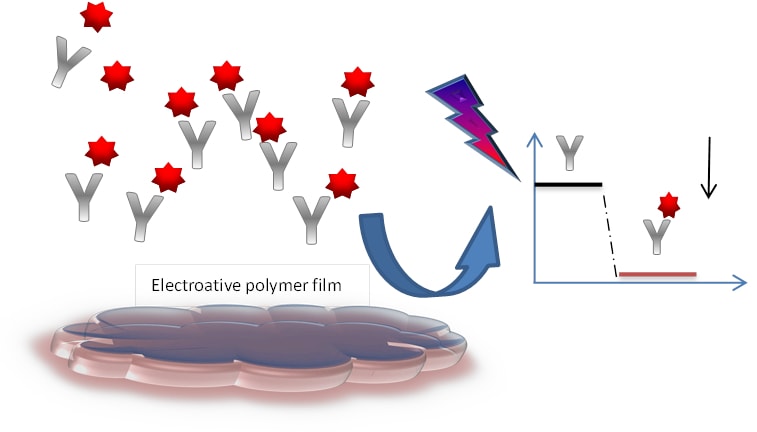
Rosa F Dutra
Federal University of Pernambuco, Brazil
Title: Point-of-care nanosensor applied to diagnosis of high morbimortality diseases
Biography
Biography: Rosa F Dutra
Abstract
Statement of the Problem: Wide-scale point-of-care diagnostics systems hold great promise for economic, rapid and practical diagnosis of several diseases, benefiting those with high morbimortality rates. Electrochemical biosensors using amperometric transduction have several advantages as compared to optical and acoustical transductions due to their ease scale up, fast response and low cost connection with compact (hand-held) analyzers. However, several drawbacks on performance have limited their large use in clinical diagnostic. The purpose of this study is to describe some strategies of sensor platforms using conducting polymer integrating carbon allotropes including carbon nanotubes, graphene and fullerene, in order to overcome challenges required as a low limit of detection and a good reproducibility.
Methodology & Theoretical Orientation: Different nanocomposites were electro-synthetized by using a mixture of the respective carbon allotrope and monomers of conductive polymer (pyrrole, thiophene, ethylenediamine, etc.). Afterwards, antigen or antibodies were covalently immobilized on the sensor surface, followed by blocking of non-specific bindings.
Findings: It was observed that the synergism between these materials (conductive polymer and carbon allotrope) has increased the electron transfer charge, electrode surface area, amount of immobilized biomolecules, faradaic current and conductivity; besides, the functionalized nanomaterials have also promoted covalent immobilization and exposure of reactive sites to analytes. Cardiac troponin T, dengue, hepatitis and degenerative disease were the analytes detected in these immuno-sensors.
Conclusion & Significance: Label-free and redox probe-free responses using amperometric electrochemical technique for detecting analytes in serum and whole blood was obtained. The analytes were found at clinical range of relevance for diagnosis of corresponding diseases. These prospective sensors are potentials for point-of-care testing with ease scale-up and greater performance.


